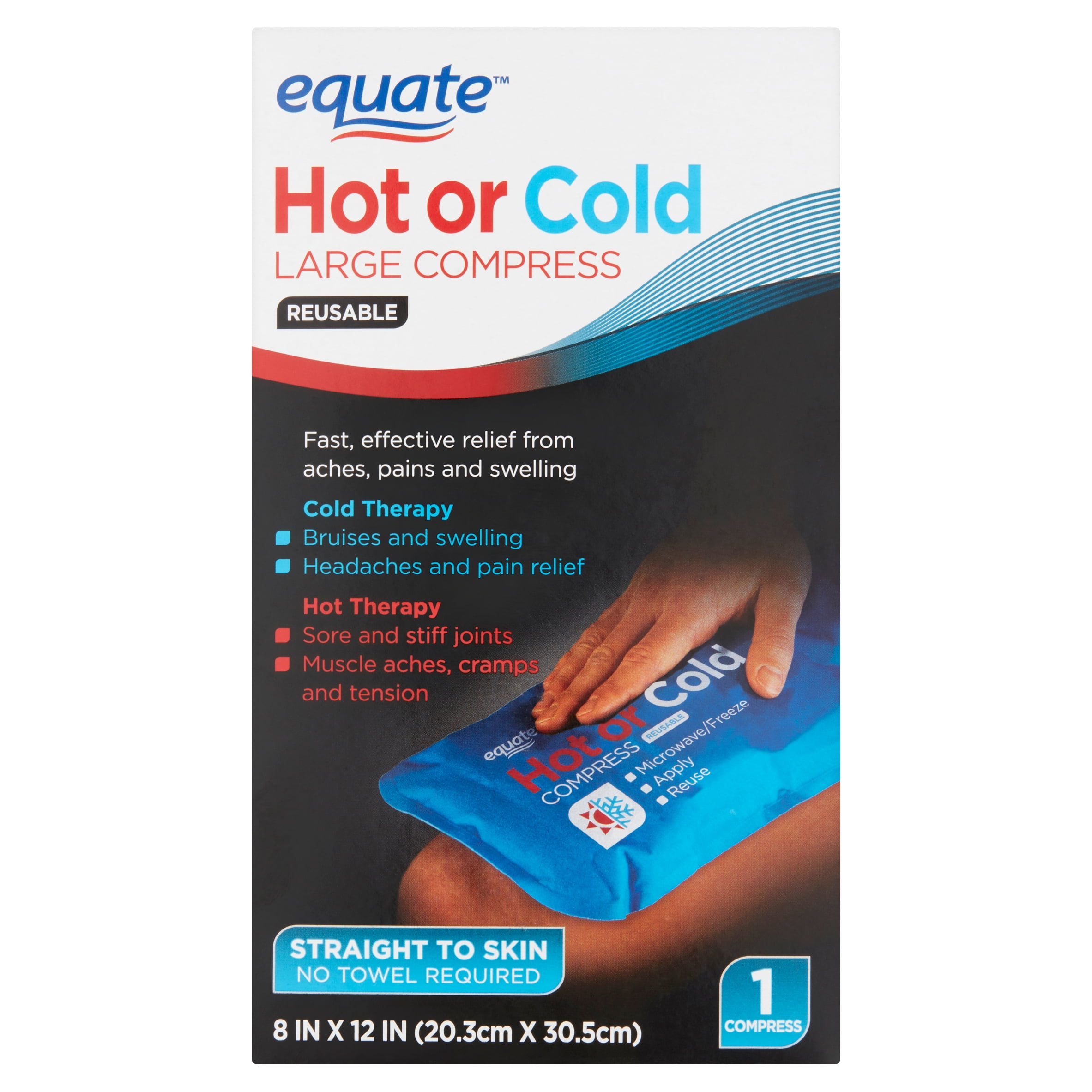

Heat and cold therapy can help many women mitigate swelling of limbs and headaches due to hormone changes.

#Cold compress for headache skin
Icing an injury for more than 20 minutes can also cause frostbite on the skin or even nerve damage. When icing or heating an injury, it’s not a good idea to leave an ice or heat pack on the affected area for too long because you can cause further damage to the muscle tissue you’re trying to repair. Myth 1: It’s okay to leave cold or hot therapy products on skin longer than 20 minutes. With all of our expertise, we can help debunk some myths surrounding them to help you make more informed decisions about treatment and care. As the leader in hot and cold therapy solutions, we know a thing or two about the technology and application of both therapies. Misinformation surrounding cryotherapy (cold therapy) and thermotherapy (hot therapy) is common because many people assume they understand when to use one versus the other.


 0 kommentar(er)
0 kommentar(er)
